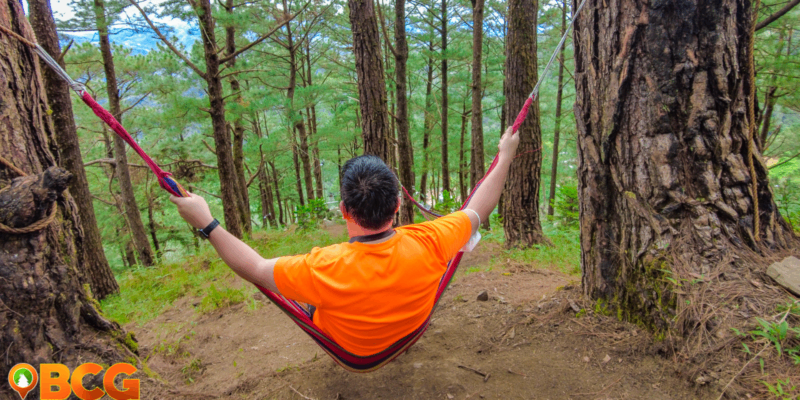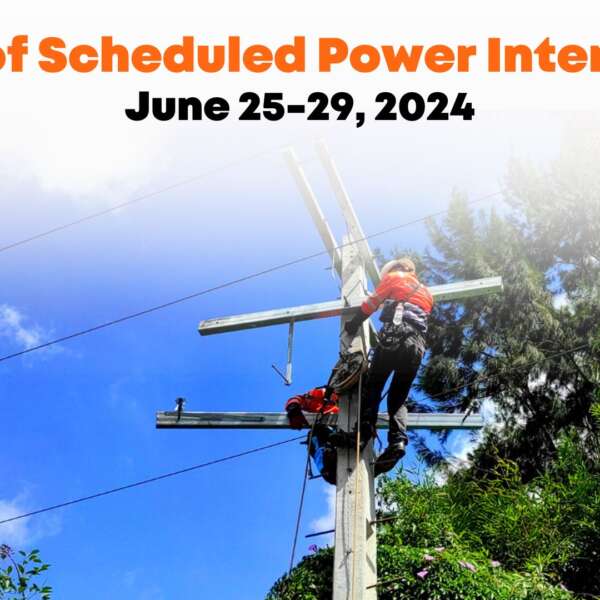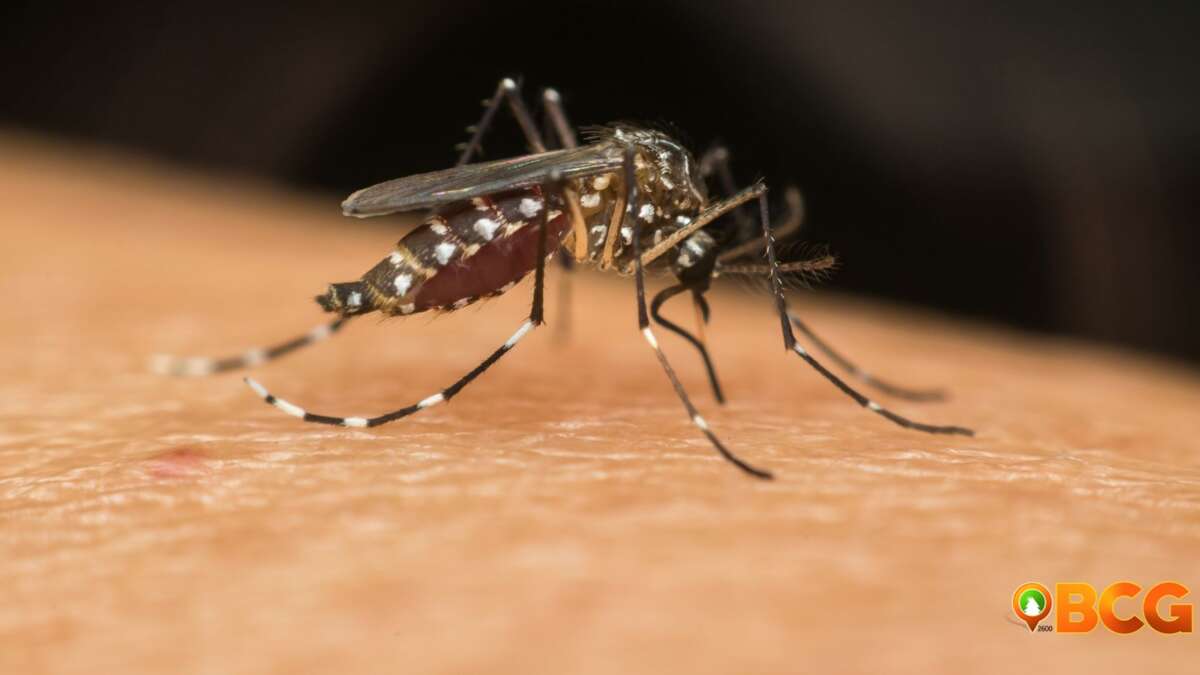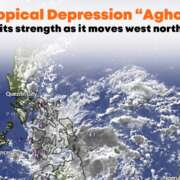Adding Years to Your Life: Study Highlights the Importance of Green Spaces
A recent research has provided us with a fresh reason to protect and promote green spaces in our urban environments. It turns out, these pockets of nature could be playing a significant role in slowing down the aging process of our bodies. A study involving more than 900 people in the United States has revealed that proximity to green areas such as parks and community gardens is associated with slower biological aging. This information strengthens the case for increasing urban greenery, counteracting the current trend of green spaces gradually diminishing in our cities.
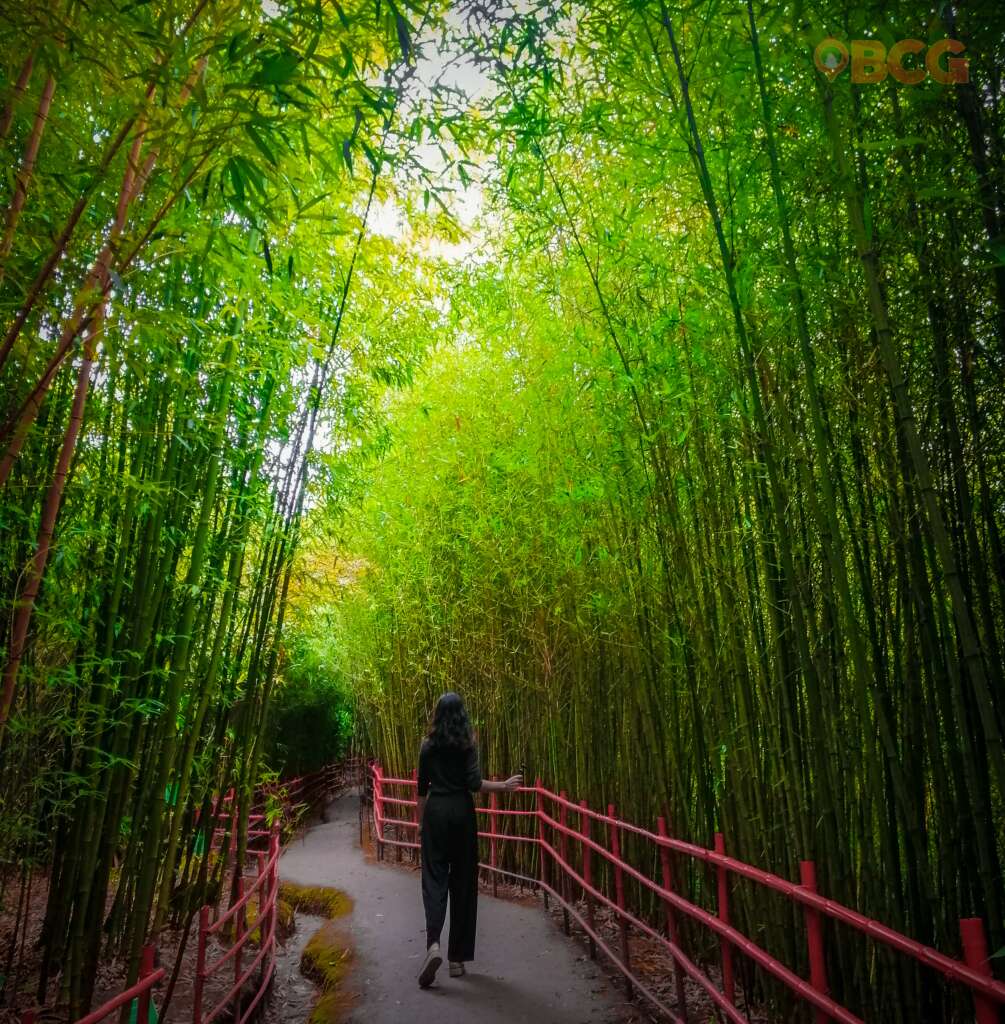
Bamboo Sanctuary

The Multifaceted Benefits of Urban Greenery
Trees and other forms of greenery offer a host of benefits to city dwellers and the environment. By storing carbon, trees help mitigate the impacts of climate change. They also absorb harmful pollutants, including nitrogen oxide, ozone, carbon monoxide, as well as dust and smoke particles. This absorption contributes to cleaner air and cooler temperatures in urban areas. Beyond these environmental benefits, trees also promote psychological well-being. The Japanese practice of Shinrin-yoku, or ‘forest bathing,’ supports this notion, showing that spending time amidst trees helps reduce blood pressure and lower stress-related hormones such as cortisol and adrenaline.
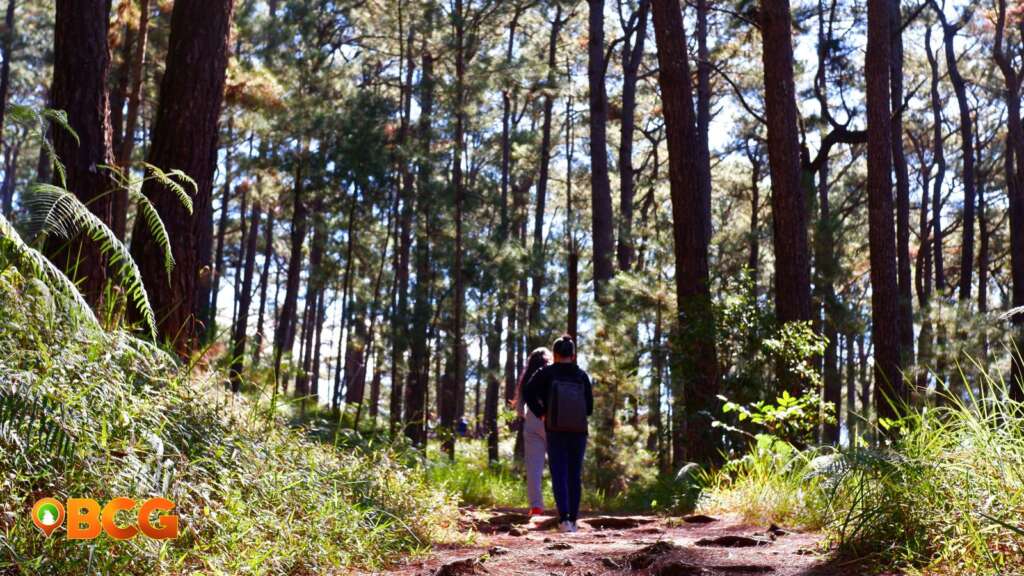
Baguio City’s forest bathing spot at the Yellow Trail or Forest Bathing Trail at Camp John Hay
Exploring the Biological Mechanisms Behind the Green Effect
The research didn’t stop at observing the correlation between green spaces and aging. It dove deeper, exploring the potential biological mechanisms responsible for this effect. The study focused on epigenetics, a field that investigates how our behaviors and environment can alter our genes. The researchers found that those with more green spaces around them experienced slower epigenetic degradation, thereby reducing aging symptoms. However, they also noted that the effect of green space on epigenetic aging varied across different ethnic and socioeconomic groups. More specifically, white participants who had more green space exposure experienced slower epigenetic aging. Conversely, Black American participants, who had less average green space exposure, did not exhibit the same degree of slowed epigenetic aging.
Implications for Urban Planning and Housing Strategies
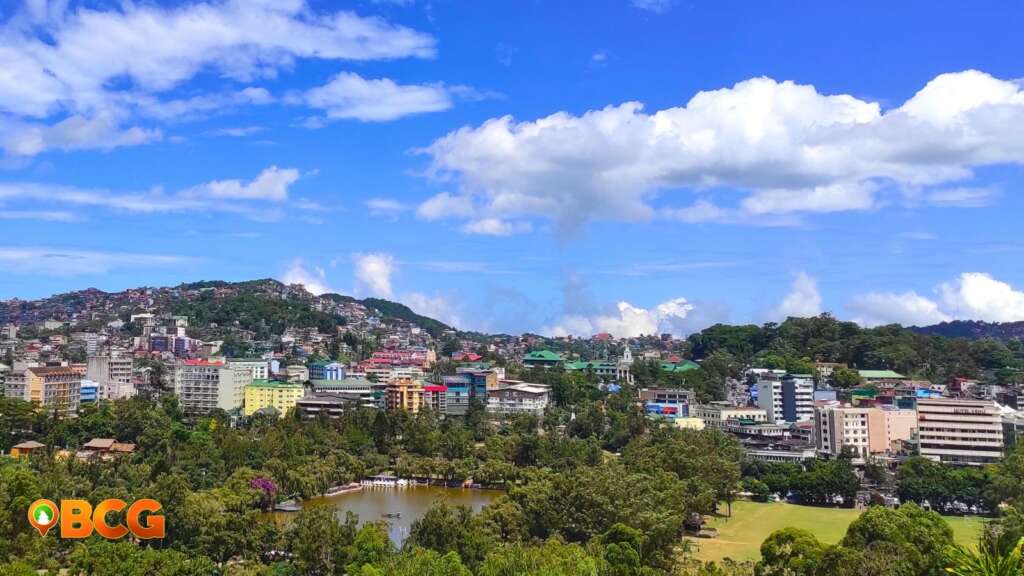
Urban Greenery is dwindling due to rapid Urbanization
These findings hold crucial implications for future urban planning and housing strategies. A key insight from the study is that simply having green spaces is not enough—they need to be easily accessible to truly unlock their health benefits, including slowing epigenetic aging. Currently, access to these green spaces and their associated health benefits varies among different population groups, spanning across different ethnicities and age groups. To rectify these disparities, city planners and decision-makers must ensure that green spaces are strategically distributed throughout cities, taking into account factors such as population density and neighborhood demographics.
Do you find this content useful?

Conclusion: Green Spaces—A Priority for Healthy Cities
In conclusion, the importance of green spaces for promoting healthy living environments cannot be overstated. The study’s findings underscore the need for their conservation and thoughtful integration into future housing strategies. By prioritizing green spaces, we can make our cities not only more liveable but also support the health and well-being of their inhabitants. Indeed, it seems that the secret to a ‘fountain of youth’ could be found in the green corners of our urban landscapes.
Source: Science Advances

